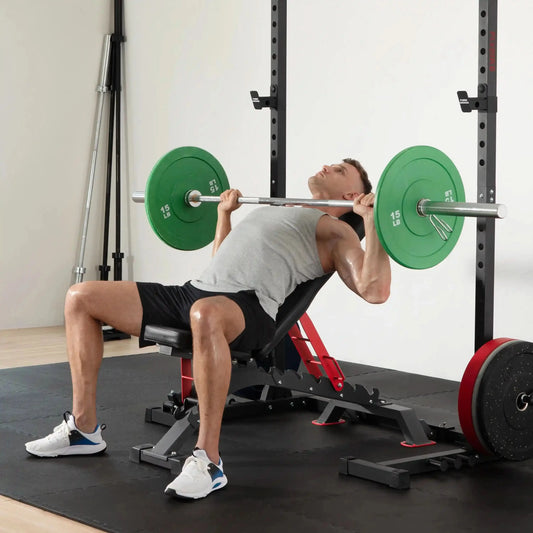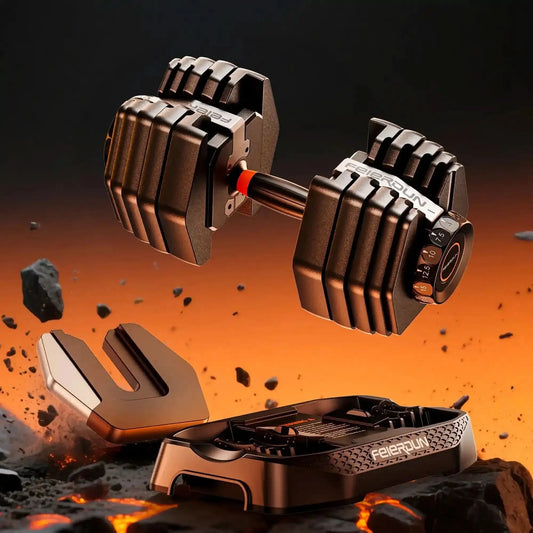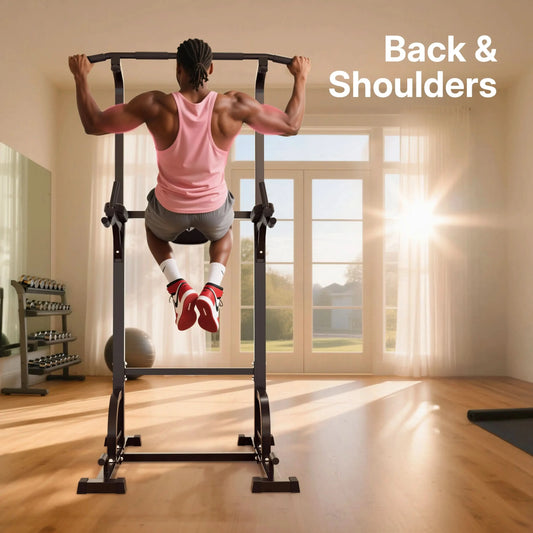Discover how the bench press builds strength by targeting your chest, triceps, shoulders, and stabilizing muscles. This guide explains which muscles are activated during each variation. These variations include flat, incline, decline, and close-grip, and how to use proper form for maximum results. Learn science-backed tips to improve muscle engagement, avoid common mistakes, and train safely for long-term progress.
Many people perform the bench press without understanding which muscles are actively engaged during the movement. This exercise involves the pectoralis major, triceps brachii, and anterior deltoids, while also recruiting supporting muscles such as the serratus anterior, forearms, and scapular stabilizers. So, understanding these muscles can help lifters perform exercises more effectively.
To better understand, one should know about the primary and secondary muscles worked by the bench press. Also, how different variations, such as incline, decline, and close-grip presses, can target these muscles differently. By knowing exactly which muscles are engaged, lifters can optimize their workouts for hypertrophy and shoulder stability.
For these reasons, the bench press is popular because it efficiently develops multiple upper-body muscles at once. However, it is also misunderstood because many lifters overlook the importance of proper form and bench angle, which can limit results or cause injury. Let’s look at how different bench press variations engage our muscles and understand which ones are being worked.
Primary Muscles Worked by the Bench Press
The bench press primarily targets the pectoralis major, the large chest muscle responsible for horizontal adduction and shoulder flexion.
Electromyographic (EMG) studies show significant activation of the pectoralis major during the bench press movement, with variations in muscle activation across different bench angles.
Additionally, the triceps brachii, located at the back of the upper arm, plays a crucial role in elbow extension during the press. EMG analysis has shown that the triceps brachii exhibits substantial activation, particularly during the concentric phase of the lift.
The anterior deltoids, or front shoulder muscles, assist in stabilizing the shoulder joint and contribute to the pressing motion.
Research in ScienceDirect indicates that the anterior deltoids are actively engaged during the bench press to help in shoulder flexion and movement control.
Secondary/Supporting Muscles by the Bench Press
The bench press also engages several secondary muscles that stabilize and support the primary movers. The serratus anterior stabilizes the scapula during pressing, while the biceps brachii help control elbow position and support shoulder stability. The forearm muscles are also active in maintaining grip and wrist alignment throughout the lift.
The rhomboids and trapezius in the upper back work to retract and stabilize the scapulae, providing a solid base for pressing movements and reducing the risk of shoulder strain. These supporting muscles ensure proper form, improve force transfer, and protect joints during both concentric and eccentric phases of the bench press.
In addition to stabilizing the shoulders and elbows, these secondary muscles also help in movement efficiency and injury prevention. Strong supporting muscles help lifters to handle heavier loads while maintaining proper form. Over time, training these stabilizers enhances bench press performance and improves functional strength for pushing and daily lifting movements.
How Different Bench Press Variations Target Muscles
Changing the bench work as per body weight or your grip shifts, which main muscles are doing most of the work? For example, an incline bench press places more tension on the upper chest and shoulders. Whereas a close-grip bench press puts more effort into the triceps.
In such situations, using dumbbells instead of a barbell also makes a difference. Dumbbells give you a greater range of motion and force your supporting muscles, like the forearms. It also stabilizes around the shoulder blades to help you work harder, improving control and balance.
Why It Matters to Know What Muscles the Bench Press Works
Understanding the muscles engaged during the bench press allows for more targeted training. Research indicates that altering the bench angle can shift activation between different portions of the pectoralis major and the anterior deltoid. For instance, a 30° incline bench press significantly increases activation of the upper pectoralis major. While, as per a National Library of Medicine study, a 60° incline enhances anterior deltoid activation.
This knowledge also helps balance muscle development. By recognizing which muscles are emphasized, individuals can adjust their routines to ensure comprehensive upper-body strength. For example, if the triceps are underdeveloped, incorporating variations like the close-grip bench press can help address this imbalance.
Moreover, knowing which muscles are activated helps improve longevity training by reducing injury risks. For instance, poor engagement of stabilizing muscles like the serratus anterior or rotator cuff can lead to shoulder impingement or joint stress over time. If one knows the activation patterns, one can safely incorporate accessory work to support the bench press.
Tips for Maximizing Muscle Engagement in Bench Press
To optimize muscle activation during the bench press, it's essential to focus on proper form, technique, and body mechanics. Implementing these strategies can enhance muscle engagement and promote balanced development.
-
-
Retract Your Shoulder Blades: Pull your shoulder blades back and down, creating a stable base. This positioning protects the shoulders and enables a more effective press.
-
Engage Your Core and Glutes: Tighten your core and squeeze your glutes before lifting. This full-body tension supports the spine and enhances overall stability.
-
Control the Descent: Lower the bar slowly to your chest, maintaining control. A controlled descent increases time under tension, leading to greater muscle activation.
-
Prioritize Mind-Muscle Connection: Focus on consciously contracting your chest and triceps during each rep instead of just moving the weight. This mental engagement improves muscle activation, ensures better form, and more strength.
-
Avoid Bouncing the Bar: Do not bounce the bar off your chest. Instead, pause briefly at the bottom to eliminate momentum and fully engage the chest muscles.
-
Incorporate Variations: Utilize different bench press variations, such as incline or close-grip presses, to target specific muscle groups and prevent training plateaus.
-
Focus on Shoulder and Scapula Stability: Keep your shoulders retracted and depressed throughout the lift. Stabilizing the scapula reduces shoulder strain and ensures more of the load goes to the chest and triceps rather than smaller stabilizers.
-
Use Partial Reps Strategically: Do partial repetitions at the top or bottom of the lift to fully fatigue the targeted muscles. This can help improve strength and hypertrophy in sticking points where you normally struggle.
-
Track and Adjust Your Grip Width: Slightly widening or narrowing your grip changes the muscle emphasis: a wider grip targets more chest, while a narrower grip focuses on triceps. Experiment with grip width to find the most effective position for your goals.
Common Bench Press Mistakes and How to Fix Them
One frequent mistake is flaring the elbows out too wide, which places excessive stress on the shoulder joints and reduces chest engagement. To correct this, keep your elbows at a 45-degree angle relative to your torso during the lift. This position improves shoulder safety and allows the chest and triceps to generate more force.
Another common issue is bouncing the bar off the chest or using momentum to lift the weight. This reduces muscle activation and increases the risk of injury. Instead, pause briefly at the bottom of the movement and lift the bar in a controlled manner. It helps you focus on contracting the chest and triceps throughout the motion.
A third mistake is neglecting core and scapular stability. Allowing your back to arch excessively or letting the shoulder blades drift apart can compromise form and reduce power transfer. Engage your core, squeeze your glutes, and retract your shoulder blades before each rep to maintain a stable base and maximize muscle activation safely.
Conclusion
Through this article, I believe you have understood which muscles the bench press works and how different variations target them. This knowledge allows you to focus on proper technique and select the right exercise for your specific goals.
Now, it’s time to put this knowledge into practice. By training smartly, maintaining good form, and engaging your muscles effectively, you can build balanced strength across your chest, shoulders, and arms while minimizing the risk of injury.
To support your training, consider building your home gym with high-quality, cost-effective dumbbell benches and barbells from
Fed Fitness. Start a systematic bench press routine today to maximize results and transform your strength training safely and efficiently.












